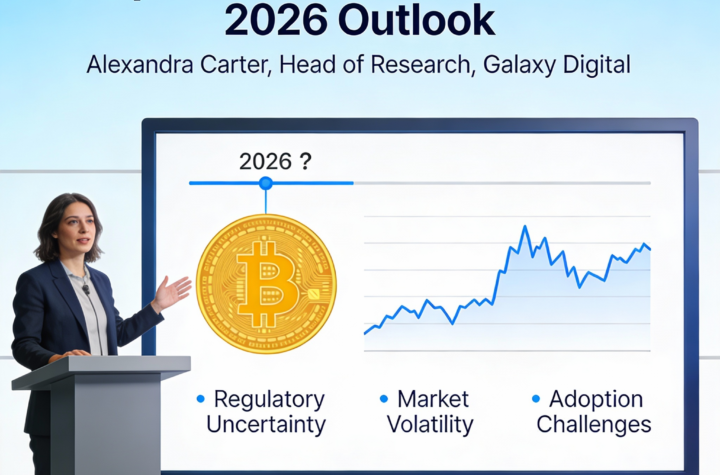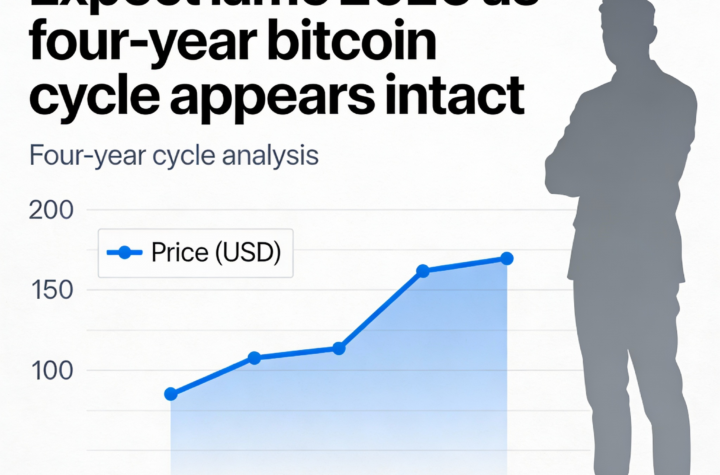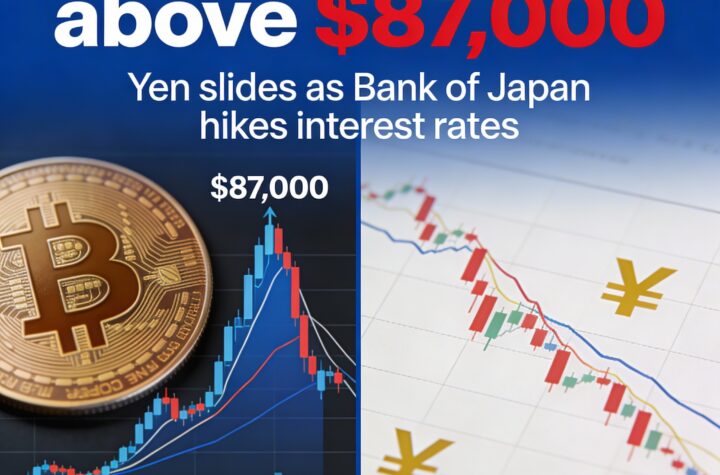
Bitcoin’s “Silent IPO”: Why the Market’s Boring Phase Could Be Its Most Important Yet
Spot ETFs are thriving, institutional interest is booming, and regulators are finally softening their stance — yet Bitcoin is barely moving while other risk assets hit record highs. What’s going on?
For months, Bitcoin (BTC) bulls have watched equity indices and tech stocks soar, only to see BTC stuck in a tight range. To some, it looks like exhaustion. To others, it’s the calm before another bull leg. But according to veteran fund manager Jordi Visser, it’s something entirely different — a “silent IPO.”
In a viral weekend essay on X (formerly Twitter), viewed more than 1.5 million times, Visser argues that Bitcoin is undergoing the same kind of consolidation phase that often follows a major stock market debut. His piece, titled “Bitcoin’s Silent IPO: Why This Consolidation Isn’t What You Think,” reframes the current stagnation as part of a larger liquidity shift.
From Early Believers to New Owners
Bitcoin never had an IPO, but the market dynamics are strikingly similar, Visser says. In traditional finance, an IPO allows early investors — who took significant early risk — to finally realize their gains. That creates heavy selling pressure, even in successful companies.
“Early-stage investors deserve enormous rewards,” Visser writes. “But eventually, they need to diversify. They need liquidity. They need an exit.”
He points to Facebook’s 2012 IPO as an example. The company went public at $38 a share, raising $16 billion at a $104 billion valuation — huge for its time. A year later, shares were down nearly 30%. The reason? Not poor fundamentals, but early backers gradually taking profits.
“They don’t sell all at once,” Visser explains. “They distribute slowly, so they don’t crash the price. It’s patient, methodical — a sideways grind that frustrates everyone watching.”
Bitcoin’s Own Liquidity Event
Visser believes Bitcoin is now in a similar phase. On-chain data shows that long-dormant coins — some untouched for nearly a decade — are moving again. The launch of U.S. spot Bitcoin ETFs, coupled with growing corporate and sovereign adoption, has finally created deep enough liquidity for early holders to sell without crashing the market.
“In 2015, selling $100 million in Bitcoin would have broken the market,” Visser notes. “Even in 2019, selling a billion was impossible. Now, ETFs provide steady institutional demand, corporations hold BTC on their balance sheets, and even sovereign wealth funds are participating. The market is mature enough for major exits.”
But those exits aren’t abrupt — they’re controlled and gradual, leading to the current choppy, sideways price action that often reverses as quickly as it rallies.
Distribution Before Expansion
According to Visser, this isn’t a bear market — it’s a redistribution of ownership. The supply once concentrated in early believers is now flowing into institutional hands. That process, he says, takes time.
In traditional markets, IPO-related distribution phases can last six to eighteen months. Even though crypto cycles move faster, Visser warns the consolidation could drag on for several more months before momentum returns.
“Sentiment will improve only after the distribution is largely complete,” he writes. “People are demoralized because they don’t recognize what stage we’re in. They’re waiting for Bitcoin to ‘catch up’ with equities. Be patient — once the early supply has been absorbed by institutional buyers, the next phase of growth can begin.”
For now, Bitcoin’s “silent IPO” may feel tedious, but if Visser’s theory holds true, it’s a sign not of weakness — but of a market quietly maturing before its next breakout.





More Stories
According to Galaxy Digital’s research chief, Bitcoin faces a highly unpredictable 2026.
According to Fidelity’s Jurrien Timmer, 2026 could be underwhelming while Bitcoin’s four-year cycle remains intact.
BlackRock’s Bitcoin ETF attracts $25 billion over the year, defying the recent Bitcoin downturn.